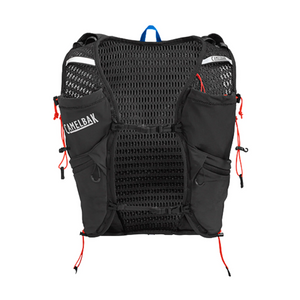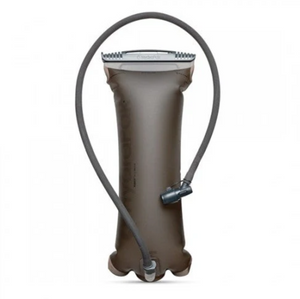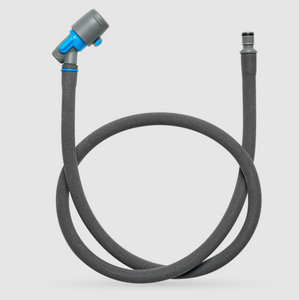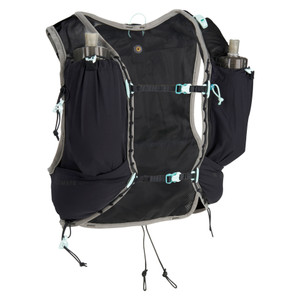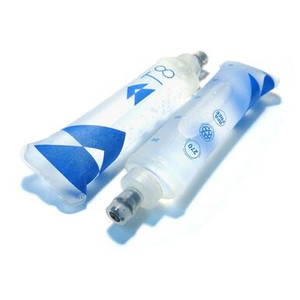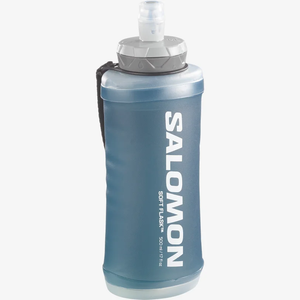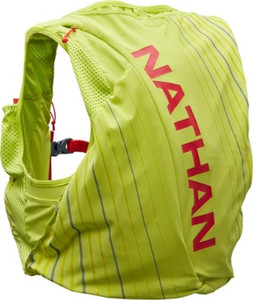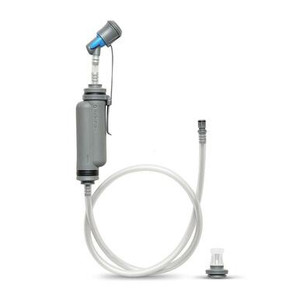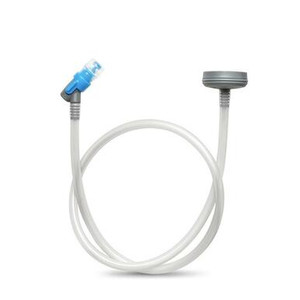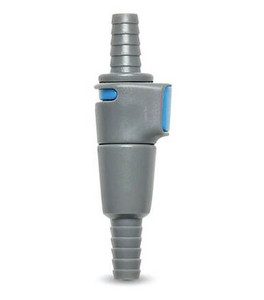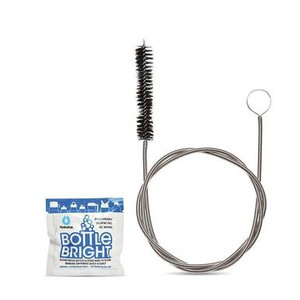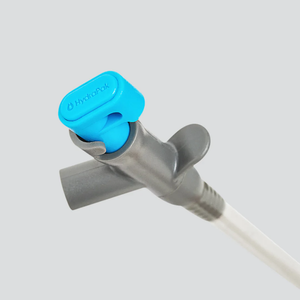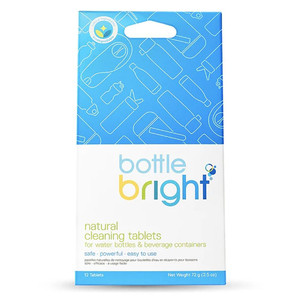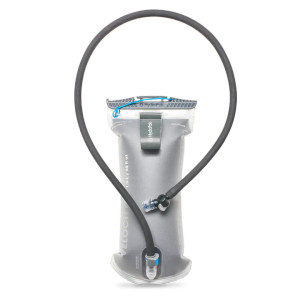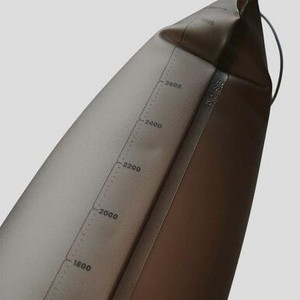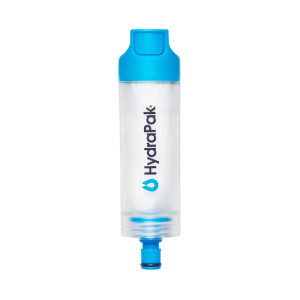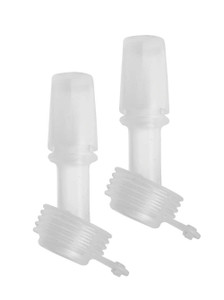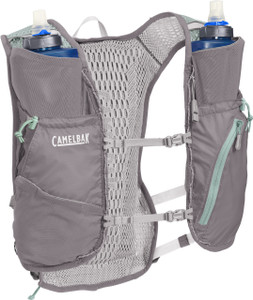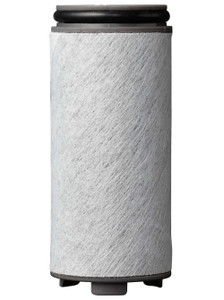Types of Hydration Gear for Running
There are various types of hydration gear designed to cater to the diverse needs of runners, ensuring convenience, comfort, and efficiency while keeping hydration accessible during a run. Here's an expanded exploration of the key types of hydration gear for running:
Hydration Vests
Hydration vests are a go-to choice for long-distance and trail runners, offering a balance between hydration capacity and storage. These lightweight vests typically include built-in reservoirs (bladders) that can hold between one and three litres of water. The attached drinking tube allows runners to sip water hands-free, making hydration seamless without interrupting the rhythm of the run.
Additionally, most vests feature multiple pockets strategically placed for easy access to essentials like snacks, energy gels, keys, or a mobile phone. Some advanced models also include storage for a lightweight jacket, trekking poles, or emergency supplies, making them indispensable for trail running in remote areas or during variable weather conditions. The ergonomic design ensures minimal bounce and maximum comfort, even over extended distances.
Hydration Belts
For runners who prefer something less bulky, hydration belts offer a compact solution. These waist belts are equipped with slots for small water bottles, usually ranging from 250 to 500 ml, allowing runners to carry enough water for shorter distances or moderate-duration runs. The belts are designed to sit snugly on the waist to prevent bouncing, ensuring they remain comfortable throughout the run. Many hydration belts also include small zippered pockets or pouches for storing essentials like energy gels, a small wallet, or even a phone. Their compact design makes them particularly popular among road runners and race participants who need hydration without the additional weight of a vest.
Handheld Water Bottles
Handheld water bottles are ideal for runners who value simplicity and accessibility for shorter runs. These bottles often come with ergonomic designs and adjustable hand straps, allowing for a comfortable grip without requiring constant effort to hold them. The quick access to water makes them convenient for hydrating during high-intensity runs or warm-up sessions. Many handheld bottles also feature small compartments for carrying a key, card, or an energy gel, making them versatile for urban runners who don’t want to carry extra gear.
Collapsible Water Bottles
Collapsible water bottles are an innovative hydration solution that caters to runners prioritising lightweight and space-saving options. These flexible bottles are designed to shrink as they empty, minimising bulk and freeing up space in your gear. They can be carried in pockets, hydration vests, or belts and are particularly popular among minimalist runners or those competing in events where aid stations are available to refill. The materials used are often durable and designed to withstand repeated folding and unfolding.
Hydration Backpacks
Hydration backpacks provide the highest capacity for both water and gear, making them an excellent choice for runners embarking on multi-hour or ultra-distance runs. These larger packs can accommodate hydration bladders with volumes of two to three litres, ensuring ample water supply for prolonged efforts. In addition to hydration, backpacks offer substantial storage space for extra layers of clothing, food, first aid kits, and even trekking poles. The padded shoulder straps and adjustable chest and waist straps ensure a secure and comfortable fit, even when fully loaded. They are particularly useful for trail runners and adventurers exploring remote terrains or variable climates.
Soft Flasks
Soft flasks are lightweight, squeezable bottles that are gaining popularity among runners for their versatility and convenience. They are designed to fit snugly into the front pockets of hydration vests, making them easy to access during a run. As the runner drinks, the bottle collapses, reducing bounce and bulk. This feature is particularly beneficial for those who dislike carrying rigid bottles. Soft flasks are available in various sizes and are often used in combination with vests or belts, providing an additional hydration option without significantly adding weight.
These hydration gear options cater to a wide range of running styles, distances, and environments, enabling runners to select the solution that best fits their needs. From lightweight handheld bottles for short sprints to fully equipped hydration backpacks for ultra-marathons, the right gear ensures you can focus on the run while staying hydrated and energised.




